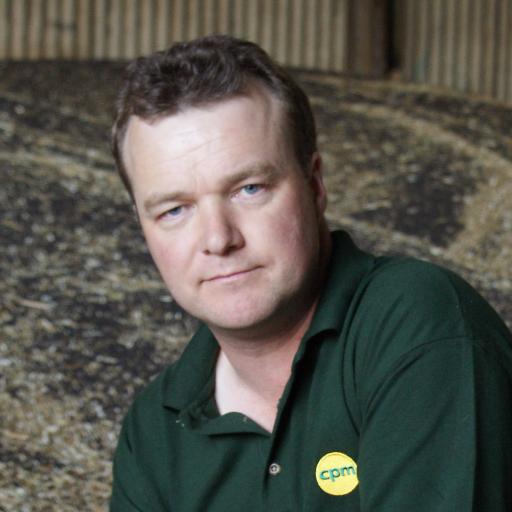I think my first recollection of the ‘man from the ministry’ was probably a cartoon in Big Farm Weekly, of a civil servant in a dark suit and bowler hat, holding a briefcase with MAFF scribbled on the side. He’d come to the farm hopelessly ill prepared for a rural visit and so was treated with due disdain by the farmer.
Nowadays, the man from the ministry appears in many guises, and I’m not sure any of them are any less alien. There’s the one that phones you up or emails you with extraordinarily benign and pedantic questions, for example. Recently I was asked to send in receipts for grain we’d been feeding under the Countryside Stewardship supplementary feeding of wild birds option. It took a while to explain that farmers are usually blessed with a store containing several hundred tonnes of grain, so don’t need to nip down to Pets at Home to pick up a bag of bird food.
There’s the one that rings up to say that field number SU 2994 7336 has just disappeared from their computer and wants you to confirm that it exists, as if it’s suddenly dropped off your farm, too.
The new one is the Twitter guise, that can be quite helpful. Did you know that the cover crop you’ve just put in the ground is the one that counts towards the EFA area you put on your form back in May? I didn’t, until the tweet from the ministry put me right (although it then followed me on Twitter, which I’m not sure I’m comfortable with).
Another guise of the man from the ministry is George Eustice, who actually looks strangely similar to the caricature in Big Farm Weekly, albeit without the bowler. I remember with some fondness the picture he painted back in May of a post-Brexit UK in which the extra cash we currently give to the EU would come to farming.
It was a nice fantasy while it lasted, but it kind of came to earth with a thud at the Conservative party conference recently. While George Eustice and Andrea Leadsom seemed to be busy in one fringe meeting trying to shape a post-Brexit UK rural support policy, the rest of their cabinet colleagues were busy in another discussing how to carve up farming’s cash.
We now at least have reassurances that the rural pot won’t be plundered until 2020 (although since I have a signed contract that guarantees my environmental payments until 2020, I’m not sure quite how the Treasury was going to wriggle out of that obligation anyway). After that, it’s pretty clear farmers will be pitched against nurses in our bid for public cash, and frankly I don’t fancy our chances.
There is the strong case that encouraging people into the countryside and through more active rural communities, we can address some of the nation’s health problems, such as heart disease and obesity. That could easily save the NHS the billions it could be allocated if subsidy was withdrawn from farming. But do direct, or even environmental payments actually help that cause?
One person who’s worked hard to demonstrate the public benefit of what farmers do is James Hinchliffe (see article on pxx). He’s not just trialled different practices and monitored the results, but brought key influencers onto his farm to show them. Interestingly, though, he doesn’t think public funds should be spent on such measures – farmers have to be interested in biodiversity, rather than the cash on offer, to make a real difference, he says.
Which leaves the question, what is the unequivocal public benefit all farmers provide? Perhaps it’s under our very noses – we’re very good at producing crops for safe, wholesome food. In fact, we’re the best in the world, and if there’s one thing people need more than their health, it’s food in their bellies. So if there’s one thing we should focus on, it’s ensuring we remain the best in the world at what we do. And as for the man from the ministry, let’s make darn sure he knows it.
Another award for CPM
I know it’s rude to brag, but I’m going to anyway. CPM’s picked up another British Guild of Agricultural Journalists award, this time the inaugural Red Tractor Public Engagement Award, sponsored by Assured Food Standards. It recognises excellence in the reporting of farmer initiatives that tell the public about food production.
The award was for an article on Herts farmer Ian Pigott that appeared in the magazine in May 2016 as part of a BASF-sponsored initiative profiling on-farm innovators.
Over the past five years, CPM has won five BGAJ awards that recognise writing excellence, including the Yara Arable Technical Writer of the Year award two years in succession in 2014 and 2015. That’s five awards – just so you know…
Tom Allen-Stevens has a 170ha arable farm in Oxon, and would like to reassure the man from the ministry that the EFA error was the only one made on this year’s forms.




